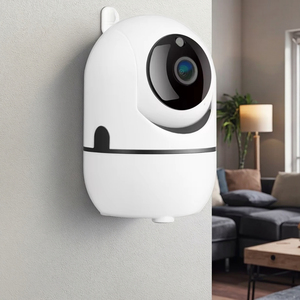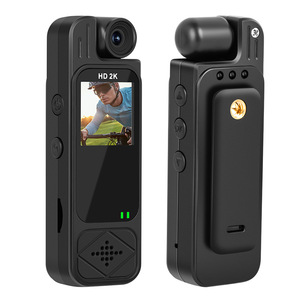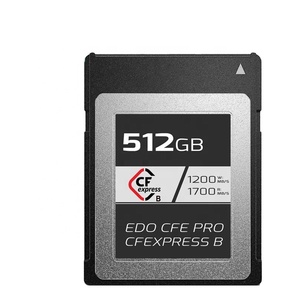(155580 products available)








































































































































 Ready to Ship
Ready to Ship






















































































Memory cards are essential components in the realm of consumer electronics, serving as compact and reliable storage solutions for a myriad of devices. These small yet powerful tools are designed to store digital information, ranging from photos and videos to music and application data. memory camera are widely used in devices such as cameras, smartphones, tablets, and gaming consoles due to their portability and ease of use. As technology advances, the demand for higher capacity and faster speed memory cards continues to grow, making them indispensable in both personal and professional settings.
There is a diverse range of memory camera available in the market, each catering to specific storage needs and device compatibility. The most common types include SD (Secure Digital) cards, microSD cards, and CompactFlash cards. SD cards are popular for their versatility and are often used in cameras and laptops. MicroSD cards are smaller and are commonly used in smartphones and tablets due to their compact size. CompactFlash cards, known for their durability and high-speed performance, are favored by professional photographers and videographers. Each type of memory camera offers unique advantages, allowing users to select the best option based on their requirements.
memory camera offer a range of features that enhance their functionality and user experience. One of the key features is the storage capacity, which can range from a few gigabytes to several terabytes, catering to different data storage needs. Speed class ratings, such as Class 10, UHS-I, or UHS-II, indicate the data transfer rates, which are crucial for tasks like recording high-definition video or transferring large files quickly. Additionally, some memory camera come with built-in security features such as write protection and encryption, ensuring data safety and preventing accidental deletion. These features make memory cards highly efficient and reliable for various applications.
The construction of memory camera involves advanced materials and technology to ensure optimal performance and durability. Typically, memory cards consist of flash memory chips, controllers, and protective casing. Flash memory chips are made from semiconductors and are responsible for storing data. The controllers manage data flow and enhance read/write speeds. The casing, often made from robust materials like polycarbonate, protects the internal components from physical damage and environmental factors. The integration of cutting-edge technology in memory camera results in faster data processing, higher storage capacities, and improved reliability, meeting the demands of modern electronic devices.
To maximize the benefits of memory camera, it is essential to use them correctly. Firstly, ensure compatibility with your device by checking the card type and speed class rating. Proper installation is crucial; insert the card gently into the device's slot to avoid damage. Regularly back up data stored on the memory card to prevent loss due to accidental deletion or card failure. Formatting the card in the device before first use can optimize its performance. Additionally, handle memory camera with care, keeping them away from extreme temperatures and moisture to prolong their lifespan. Following these practices ensures efficient and reliable usage of memory cards.
Selecting the appropriate memory camera for your device is crucial to ensure optimal performance and compatibility. One of the key factors to consider is the storage capacity, which should align with your data requirements. For example, if you frequently capture high-resolution videos or store large files, opting for a higher capacity memory camera is advisable. Additionally, the speed class rating is essential, as it determines the data transfer rate. Devices such as cameras and smartphones that record high-definition content demand memory camera with faster speeds to avoid lag and ensure smooth operation.
Compatibility is another vital consideration when choosing memory camera. It's important to verify the type of memory card that your device supports, whether it's SD, microSD, or CompactFlash. Different devices may require specific formats and sizes, so checking the manufacturer's guidelines can prevent potential issues. Furthermore, the durability of memory camera is significant, especially if you plan to use it in rugged environments. Cards that offer resistance to water, shock, and extreme temperatures can provide added reliability in challenging conditions.
SD and microSD cards are both types of memory camera, but they differ primarily in size. SD cards are larger and often used in cameras and laptops, while microSD cards are smaller and fit into smartphones and tablets. Despite the size difference, both types can offer similar storage capacities and speed ratings, depending on the specific model.
Yes, many memory camera are designed to be compatible with multiple devices. However, it's essential to check the compatibility and format requirements of each device. Some devices may require formatting the card to their specific file system, which can erase existing data. Using adapters can also enable microSD cards to fit into SD card slots, increasing their versatility.
Preventing data loss on memory camera involves regular backups and proper handling. It's advisable to frequently transfer important files to a secure location, such as a computer or cloud storage. Avoid removing the card while data is being transferred, and handle it carefully to prevent physical damage. Additionally, employing cards with encryption features can safeguard data from unauthorized access.
Yes, memory camera come with different speed class ratings, such as Class 10, UHS-I, and UHS-II. These ratings indicate the minimum data transfer rate and are crucial for applications like video recording. Higher speed classes can handle faster data transfers, reducing the risk of lag or dropped frames during high-resolution video capture.
Most devices that use memory camera will display a notification when the card is nearing or has reached full capacity. Checking the available storage space through the device's settings can also provide a clear indication. Regularly managing and deleting unnecessary files can help maintain sufficient free space for new data.